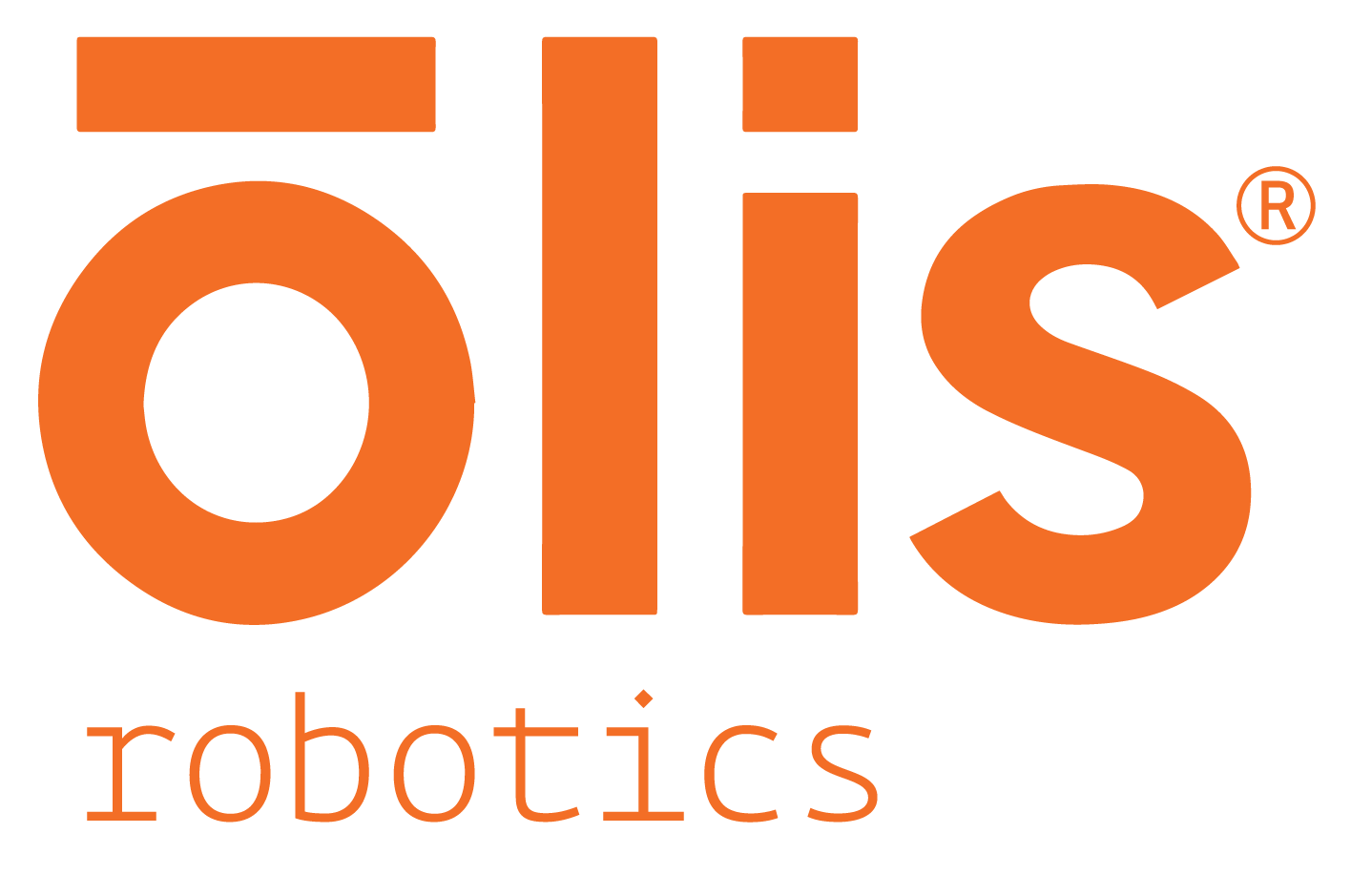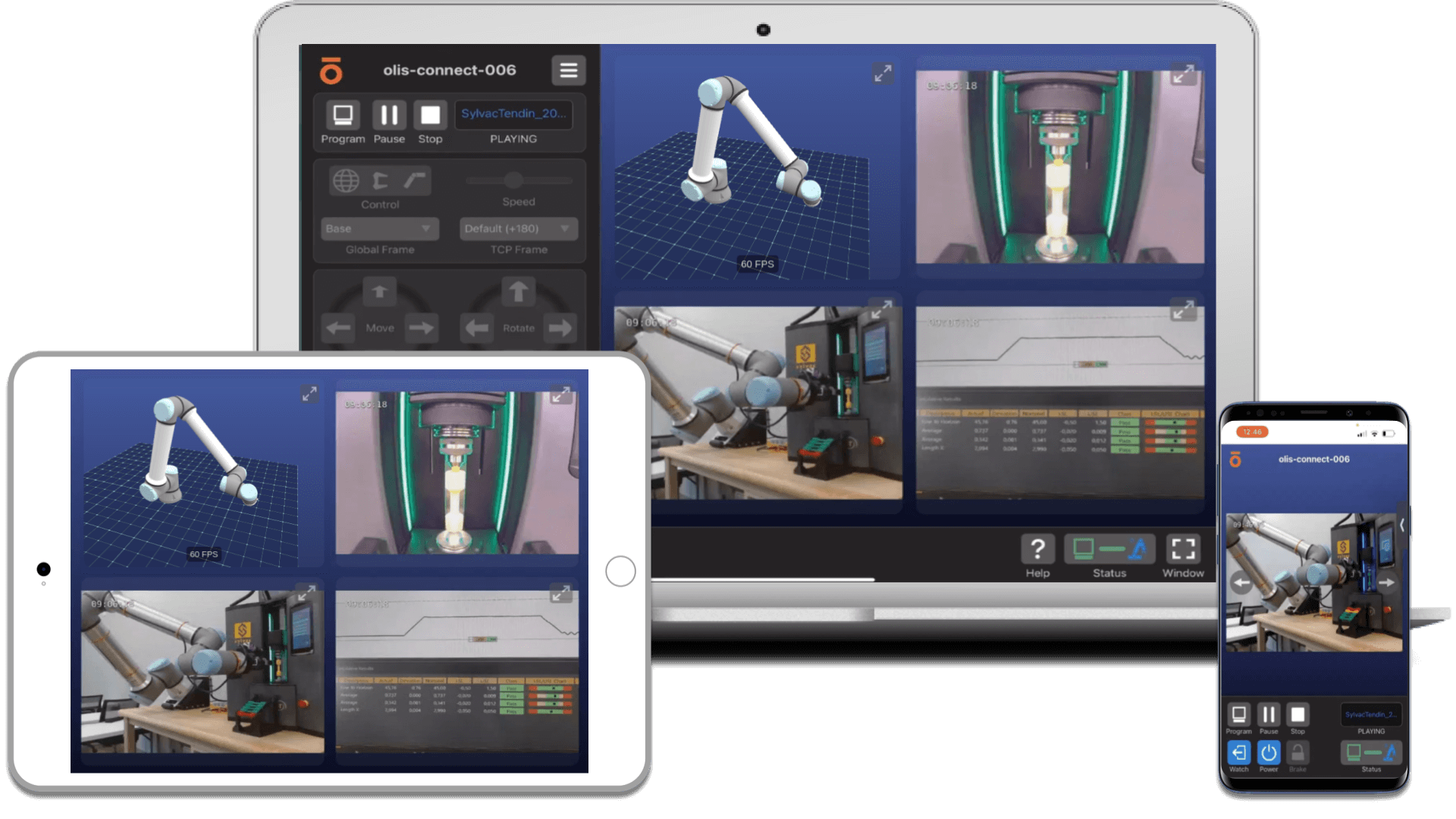What is Remote Error Recovery for Robots (And Why Manufacturers Should Care)
Manufacturers across North America are increasingly turning to automation and robotics to boost productivity and gain an advantage in this incredibly competitive sector. The reasons are obvious—reduced waste, increased throughput, and the ability to quickly produce complex products are just a few of the benefits of a successful robotics or automation program. And these benefits are no longer reserved for the biggest companies with the deepest pockets, with more small to medium-sized companies choosing to increase shop floor automation.
If your company has recently installed an automation or robotics solution to take advantage of these benefits, it’s important to remember these systems require diligent upkeep. While most manufacturers understand that predictive maintenance and a clean, safe operating environment are non-negotiable parts of a modern manufacturing strategy, the best way to maintain uptime and keep the automation humming is to have a robust response when the work cell halts because of an error.
Sure, you probably have an engineer on staff to help solve these problems during the day shift. However, the key to ensuring the return on investment (ROI) with advanced manufacturing automation is unattended production—the ability to operate without constant human supervision. And the only way to ensure that is through remote error recovery.
Setting the Scene
A March 2022 report from market research firm Fortune Business Insights says the industrial automation market is set to grow to $205.86 billion in 2022 from $191.89 billion in 2021. This growth will accelerate to $395 billion by 2029, a compound annual growth rate (CAGR) of a whopping 9.5 percent.
While the advancements in functionality are breathtaking, what’s really driving automation growth is the increased accessibility, both in cost and capability of the technology. Add to this the development of collaborative robots (cobots), which are making automation more accessible to smaller manufacturers through their ease of programming, smaller footprint, and safety features. Universal Robots is the biggest—and first—entry to this market and now has a slate of cobot third-party products that can be installed, tested, and begin production in a matter of hours.
Unattended Production is Incredible But…
This all means that your investment won’t automatically give you an advantage over your competition because your strongest competitors have likely made a similar investment. Unattended production, also called lights-out manufacturing, is one way to gain the edge you’ve been looking for. But as with any new technology, this comes with a host of challenges, and one of the biggest is downtime.
Downtime in manufacturing has many causes. Whether it’s tooling breakage, running out of welding consumables, or a problem with the raw material, downtime in an unattended production environment can be catastrophic. If you are lucky, the only result will be a delay in filling your order. But an unchecked error could result in an entire shift’s worth of damaged and wasted raw material. One way to address this is to keep a team onsite to monitor the production floor. But this is costly and could overtax a team that is already shorthanded due to the shortage of skilled labor.
Remote Monitoring for Robots is Only Part of the Solution
A more sophisticated fix is implementing a remote monitoring system to track your production and notify you immediately when there’s a problem. Many monitoring solutions exist nowadays for the production line or robots specifically. Some are cloud-based, while others are hosted locally. Some monitoring systems also provide video recordings of the automated cell or process.
As an example, Olis Connect is a solution that offers video monitoring - one end-of-arm mounted camera and one external - accessible through a web browser. With these cameras in place, you will see real-time video feeds of your robot in action, as well as a three-dimensional rendering of the robot in its work envelope and a shot of the robot’s monitor describing its current state.
Olis Connect edge-hosted platform with video monitoring.
Video monitoring can be used to forensically diagnose the root cause of any error to prevent its recurrence. It’s a pretty amazing display of technology in action, but what happens when the monitoring works and starts reporting an error?
Remote Error Recovery Addresses the Biggest Issues
The answer here is to look beyond simple monitoring and into remote access and control of your robotic manufacturing line.
Remote Error Recovery combines remote monitoring with remote control to be able to take action and put your robot back in production when it stops.
Whether your robot is welding parts or picking, placing, and palletizing finished products, accessing that robot, fixing the error, and then restarting production is a game-changer for any prospective lights-out manufacturing operation.
The Olis Connect system allows a user to remotely gain control of the robot from anywhere, move it out of its error position, jog the robot, release its grip on a part causing a problem, or even use the robot to remove a bad part from the machine. It makes for fast and easy recovery and a manufacturing process back on track in minutes instead of hours. The operator can also access all the parts programs stored on the robot’s teach pendant to restart the program from the beginning or switch to a different program if there is a slight variation in some of the parts being manufactured.
Moreover, remote control for industrial robots benefits integrators in their task to support manufacturers’ robot cells.
Watch Olis Connect in action
Get the Most out of Lights-Out Manufacturing
This level of remote access and control has finally unlocked the value of lights out manufacturing, allowing true unattended production with the kind of support and error management usually available solely by an onsite workforce.
“Remote error recovery means we are not just monitoring the robot, not just logging in to see what the robot is doing right now, seeing that it’s stopped and wondering why that happened,” says Fredrik Ryden, Co-Founder, and CEO of Olis Robotics. “Remote error recovery means that you can log in and quickly get the robot back to work to minimize the downtime and make sure the robot makes as many products as possible.”
Indeed, With tools like Olis Connect, the ability to monitor and fix multiple robots remotely—addressing major issues like downtime and labor shortages—makes lights-out manufacturing attainable with a setup time of less than an hour. For companies that already operate a cobot from Universal Robots, setting up Olis connect is even easier, as Olis Connect supports all e-series and CB3 series cobots from Universal Robots, making it the only plug-and-play product for remote monitoring and error recovery for Universal Robots.
If you’re using Universal Robots cobots, Olis Connect can help you stay on top of your machines' performance, get real-time alerts, and keep your process running smoothly, which any manufacturer wants from their investments. Contact us now to schedule a demo!


